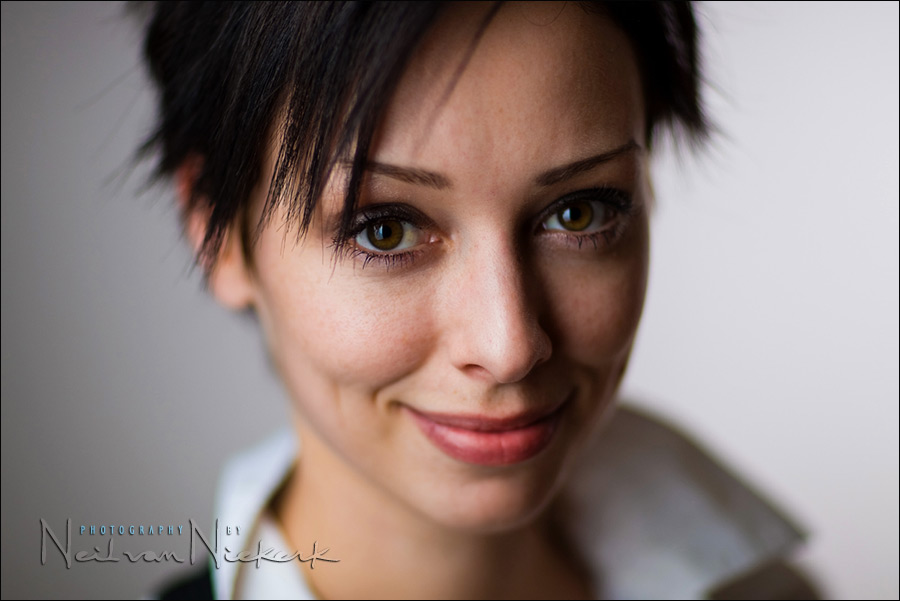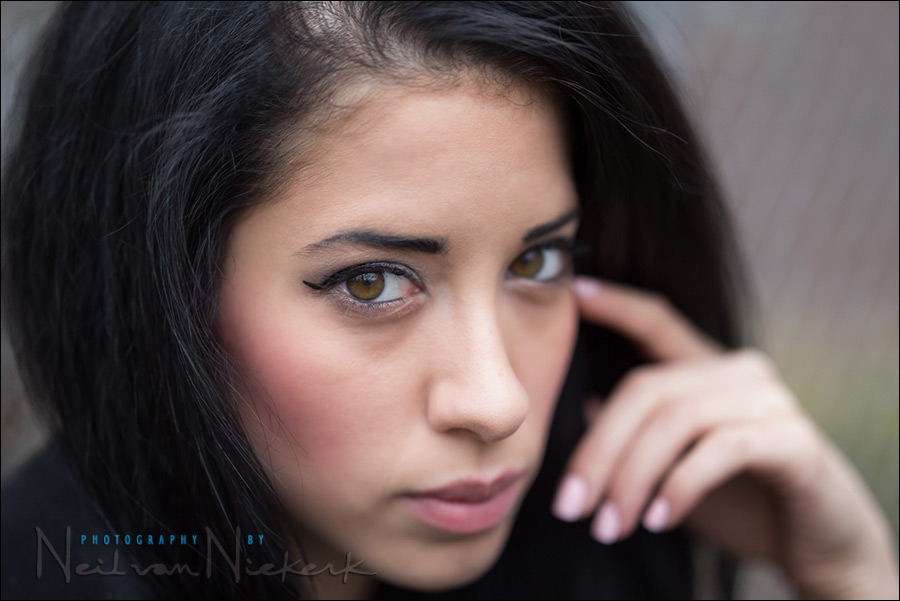T
Tommi K1
Guest
Or as you say, one can't be even a photographer unless one knows all about scientific part of the equivalence....a race car driver understanding engines, transmissions, and suspension. Clearly, such an understanding would only distract them from their driving and make them less able as a driver. And they would rightly lecture other drivers discussing engines, transmissions, and suspensions telling them to stop with the mechanical nonsense and just go drive.That would be like requiring an painter to know how their colors are made by chemical compounds, instead just know the colors and know how to use the tools in their basic form and be creative.We see how pathetic all that earnest discussion over equivalence, total light and such is a total waste of time and effort. Did Karsh need equivalence to chose his camera system?
See, that is the difference. You are claiming that equivalency is so important that one can't do anything without knowing it.
While I say that one doesn't need to know about that theory to be a photographer, even a great one.
Last edited:









